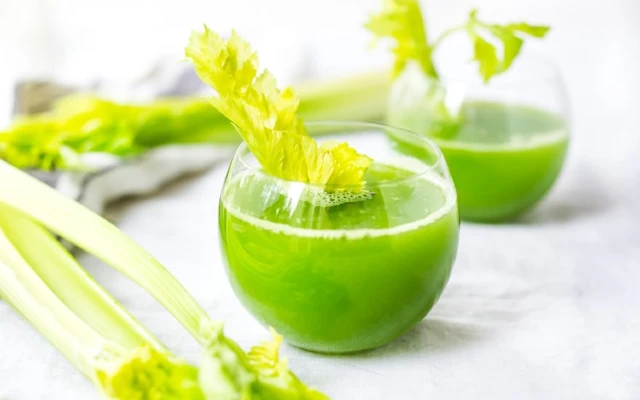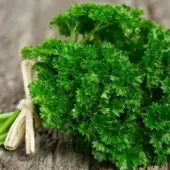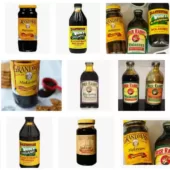Vegetable juices are alkalizing. However, the alkalinity score for the best USDA vegetable juice is three times better than regular mixed veggie juice.
Unfortunately, the USDA list is limited in its variety of vegetable juices. But I will consider analyzing your favorite juice and adding it to the table below.
Before you use this PRAL Vegetable Juice List, you must understand and agree to PRAL Food Lists Principles
Acid-Alkaline Vegetable Juice List
I list vegetable juices with the lowest PRAL index first. Because these have the highest alkaline load. So the most alkalizing drinks show first. But you can click the food table headings to change sort order.
| Main food description | Energy (kcal per 100 g) | PRAL (100 g) |
PRAL ( 100 calories ) |
|---|---|---|---|
| Carrot juice, 100% | 40 | -4.79 | -11.98 |
| Tomato juice, 100% | 17 | -3.85 | -22.65 |
| Tomato juice, 100%, low sodium | 17 | -3.85 | -22.65 |
| Tomato juice cocktail | 22 | -3.19 | -14.50 |
| Tomato and vegetable juice, 100% | 22 | -3.19 | -14.50 |
| Tomato and vegetable juice, 100%, low sodium | 22 | -3.56 | -16.18 |
| Mixed vegetable juice | 31 | -2.85 | -9.19 |
| Celery juice | 18 | -5.49 | -30.50 |
For the vegetable juice category, the average PRAL values are -3.85 per 100 grams and -17.77 per 100 calories. To put this in context, compare with other nonalcoholic beverages in the Food Category List.

Your Alkaline Vegetable Juice
Remember, factors such as growing conditions, variety, and preparation methods affect all food nutrients. USDA database values are an average of many samples. So your PRAL values for vegetable juice will vary from day to day. But they are always an estimate of actual acid load on your kidneys. Which I explain more in the notes about PRAL principles on the category list page.
Leave Acid-Alkaline Vegetable Juice PRAL List to browse the Complete PRAL Food Category List.
Vegetable Juice Related Topics
Please remember: to find more related pages that are relevant to you, use the search box near the top of every page.
Common Terms: carrot, Enduring Nutrient Facts, tomato



